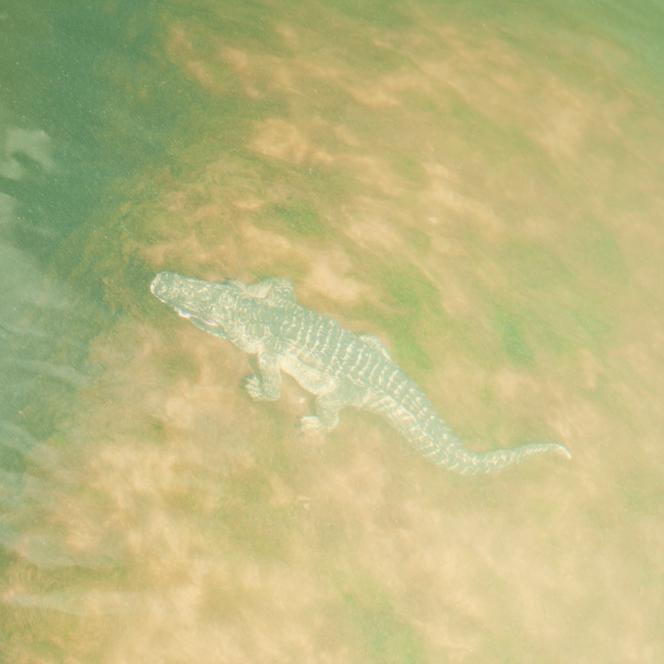


Due for release on Netflix this month, the pitch for Sous la Seine ("Under the Seine") is tantalizing: a killer shark preys on athletes competing in the Paris 2024 Olympic Games. The film has recently been in the news due to a controversy – its producers have come under legal attack by French director Vincent Dietschy, who is accusing them of copying the script of his Silure project.
One thing's for sure, the image of the sea monster attacking humans has been ingrained in the collective imagination ever since Steven Spielberg's blockbuster Jaws (1975), which traumatized generations of moviegoers... and swimmers. But what about the real risks of having a terrible encounter in the waters of the Seine?
To find out, we put the question to Sébastien Brosse, researcher at the French National Centre for Scientific Research (CNRS) and professor of animal biology at the University of Toulouse. He immediately reassured us that the shark roaming nonchalantly under the Pont des Arts is definitely the stuff of fiction. "In general, sharks don't swim up rivers. The exception is the bulldog shark, which can travel thousands of kilometers up the Amazon, but that is a species living in a tropical zone," he said.
But not so long ago, the Seine was home to animals of an impressive size. "Cetaceans populated the Seine until the end of the 19th century. Porpoises arrived in Paris without difficulty. There were also very large fish, such as sturgeon," said Brosse. A 140kg sturgeon, was caught near Mantes-la-Jolie in 1856. Over the course of the 20th century, these large animals gradually disappeared, notably due to decline in their prey of smaller fish, which were victims of industrialization and pollution.
So, what about the unusual animals found in the river that regularly make the headlines? In recent years, the Seine River Brigade has fished out a python, a Nile crocodile, an alligator turtle and even a pacu, a cousin of the piranha. But far from having traveled thousands of kilometers to reach us, these animals were actually released into the Seine by unscrupulous owners. And furthermore, while we're on the subjects of myths, piranhas are in fact harmless to humans. "Piranhas may bite humans in self-defense, if they feel threatened," explained Brosse. "But the piranha almost never attacks. What's more, it can't withstand cold water, so it ends up dying." That's one disaster movie-type scenario ruled out.
There is one large fish that is still present in the Seine: the catfish – the villain of Dietschy's screenplay. The largest specimens can reach three meters in length and weigh 150 kilos. Although they pose no danger to humans, they can be a significant problem for the ecosystem, as their favorite food is fish such as pike and salmon. But that's not all. "The catfish is a rather opportunistic animal, with an extremely wide range of prey," explained Brosse. "It doesn't hesitate to attack birds or small mammals on the banks, such as rats or pigeons."
You have 53.15% of this article left to read. The rest is for subscribers only.
